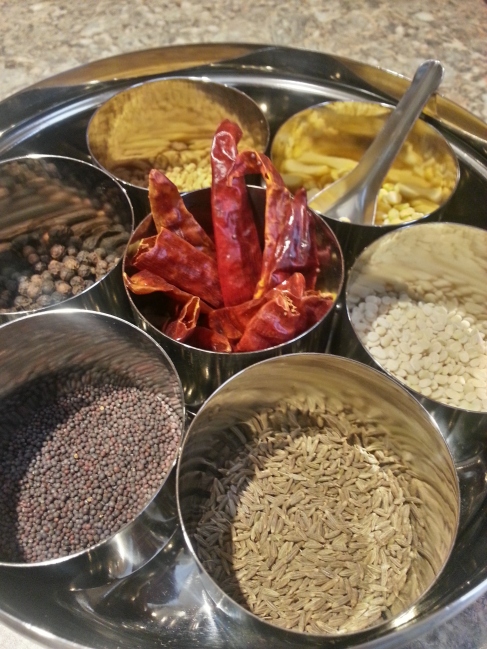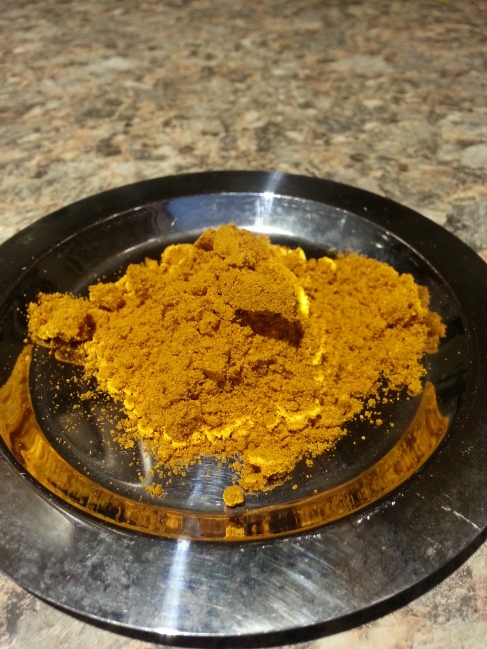We've had glorious weather recently in Southern New Jersey and I definitely caught a case of Spring Fever! This weekend I picked up my sister from play practice and headed out through beautiful Eastern PA, on back country roads, to my favorite farm for my weekly purchase of raw, un-pasteurized, fresh milk. When I called them earlier in the week to reserve my weekly milk (yes, it is so popular you have to reserve it) I was told they were already out of eggs for the weekend. Since I pass a couple of other farms selling eggs along the way I decided we would meander the way to our destination and hit up some of those farms. Let me just paint this scene for a moment; The weather is 70 degrees, the sun is shining, the car windows are open, and *EEK* Top 40 is on the radio (not my music of choice but hey, my sister is 10). Ignoring the wailing of
"insert popular songstress here" I turn to my other senses and view the beautiful countryside and hills surrounding the base of Buckingham Mountain. Spring is in full force and the are trees bursting with pink and white flowers, the smell of the Earth awakening is in the air. Everywhere I look I see beauty. As we drive my sister turns to me and asks "Why do you drive 45 minutes away just for milk and eggs when you can go to the grocery store in 5 minutes?" Very good question. I answered "Because the eggs we are about to buy were laid by chickens less than 4 days ago, the milk was in the cow less than 2 days ago. They are the freshest they can get and I know the farmers who sell them to me. I've seen the chickens and cows in the pasture, I know they are well cared for. That is really important to me." Her response "Eww!". Oh well, she'll appreciate it when she gets older.
The farm I decided to stop at is
Milk House Farm Market. They are located in a beautiful old farmhouse with a big red barn in back. I have always wanted to stop, it just calls to me, but have never been in the position to do so. When we pulled up there were chickens scratching around the yard and a little old lady filling egg cartons from a large basket of freshly pulled eggs. I have died and gone to heaven! When we walked into the small market room in front I was greeted by baskets of radishes, beets, a few small tomatoes, herbs, jars of honey, and a refrigeration case filled with eggs, milk, yogurt, and butter. Oh my gosh, I
have died because this is
definitely heaven! The little old lady came through from the back and greeted me, arms full of egg cartons. "Honey, you arrived just at the right time, we've just pulled fresh eggs and a few of the cartons even have our famous blue ones. We're known around here for them." she brightly said to me "Well that is just what I am here for." I responded with a huge smile. We chatted for a moment or two, I learned that they keep a variety of laying hens, they are open 7 days a week, and only stock vegetables, fruits, and herbs they can bring in from their fields and surrounding farmers. I also learned their strawberry plants are bursting with fruit and that I MUST come back at the end of the month, but make sure I arrive early in the day. She was so sweet and the energy was so welcoming, I will most certainly be back later this month to stock up on strawberries.
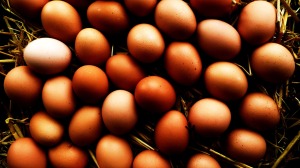
Fresh eggs in hand we piled back into the car and travelled the 5 minutes to
Birchwood Farm and Dairy. I love pulling into this tucked away farm, as soon as you come up the short driveway the land just opens onto beautiful pasture. I walked in and the young lady greeted me by name, I guess I go often enough now. They carry fresh raw milk, homemade yogurt, ice cream, eggs, organic fresh orange juice and a wide variety of pastured, grass-fed meats. A few weeks ago I purchased a chuck roast from them and it was so tender and delicious. Their spicy Italian sausage is wonderful (although very spicy) and the short ribs are to die for! I cannot wait until later in the season and they have bacon, nitrate free and salt-cured. I like to buy a large cut of meat when I am there, they raise all the livestock and use a local butcher to process the meat. Talk about getting to know your community. Its really important to me that I know my farmers and they know me. I'd never be greeted by name at the grocery store and who knows when the eggs were laid or how the chickens were kept. This relationship makes food that much more nourishing and meaningful. After securing my purchases in the back seat we started our drive home. Feeling happy and content I settled back in the driver's seat, gazed again at the pastures, and quite honestly didn't even notice that
"insert popular songstress here" was continuing to wail on the radio.
There are many things I love about May, planting season is fully upon us, everything is blooming and the Earth is alive again, and Farmer's Markets re-open for the season. Being avid gardeners, the hubinator and I grow a large variety of vegetables that we both enjoy during the season and preserve for eating over winter however, we can't grow every single thing we might want. Enter Farmer's Market. I love waking up Saturday morning, preparing breakfast, and filling up my tea cup to take with me to my local Farmer's Market. Feeling the warm sun on my shoulders I walk through the local agriculture center and take in the heaps of produce brought in by the farmers in the surrounding area. My first stop is always the mushroom man, he hails from Kennet Square, PA (mushroom capitol of the US, ya know) he has the most beautiful shitakes, portobellos, and interesting varieties like Hen of the Woods. Next stop is
Busy Bee Farm, she carries pesticide free lavender and a variety of local honeys, did you know eating honey from local bees can help reduce allergies? Yup, it builds up a kind of immunity to the flora in your area! After picking up some fruits and veggies I end my rounds with Made in the Shade Lemonade, the cucumber-mint is to die for. I like to supplement my home grown veggies with veggies from the market but my favorite aspect is that I can buy bulk amounts that I wouldn't be able to grow at home and stock up my cupboards for winter. This month I will stock up on strawberries over at Milk House.
There are a few great resources on the web for locating Farmer's Markets and pastured grass-fed meats and eggs in your area. I keep an eye out for local magazines that are often offered for free at your *OOF* grocery store (we all need toilet paper every once in awhile). Or contact your local extension service, they can point you in the right direction. Here are a few of my favorite websites:
If you don't have the space or desire to grow your own fruits and vegetables then Farmer's markets are definitely the way to go. Not only are you getting the freshest organic produce but you are also supporting your local farmer, I am sure you have seen the bumper stickers "No Farms No Food", well it's true. Let's bring our dollars back to our communities and support local agriculture.
I've touched on preserving your bounty a few times. Its quite easy to do and really there is nothing like making salsa in December from tomatoes that actually taste and smell like tomatoes. Each month during the summer season I will bring you recipes for preserving fruits and vegetables that are coming in during each month. I may even throw in a recipe you can enjoy with out preserving! I am not here to teach you how to can, I don't dare proclaim myself an expert, I have done a lot of reading on the subject and I know what has worked for me. I urge you to read up on canning basics before you try to do it for the first time. It's really not hard but there are a few things you should know, I still check the internet or my books for processing times everytime I make a new batch. I will provide canning times in the recipes I use but please, do some research and use your personal best judgement. A few websites I hands down trust are:
Now that I've gotten the fine print out of the way......
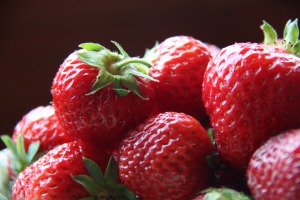 Preserving the Bounty: Strawberries
Preserving the Bounty: Strawberries
Freezing is a great way to preserve your berries. Fill your sink with water and add 1/4 cup Raw Apple Cider Vinegar. Submerge the berries gently, swishing around to remove any dirt. Drain and place between two kitchen towels to dry. Place on baking trays that fit in your freezer, the idea here is to freeze them separately so they don't freeze into a big clump, you can skip this but it will be harder to use them in the future. Once frozen, place in a freezer storage bag. Voila!
Oven drying or dehydrating strawberries is another wonderful way to preserve them. Clean your berries and slice them. Very lightly grease a baking sheet and spread the berries in one even layer. Bake in an oven set at 150 degrees or the lowest setting you have. Check your berries every few hours, once they begin to shrivel flip and continue to check. They are fully dehydrated when they have shrivelled quite a bit and are no longer sticky to the touch. Store in an airtight container 6 months to a year. With a dehydrator set to 125 allow to dry for 8-10 hours or until fully dried.
These are delicious as a snack right out of the jar, sprinkled over cereal, or mixed into your favorite granola or trail mix.
Strawberry Preserves
- 4 Cups Strawberries, crushed
- 2/3 Cup Unsweeted Fruit Juice -If I am feeling industrious I will crush & strain a few extra berries, otherwise apple juice or even water work well here
- 3 Tbsp Low/No sugar Pectin -I use Ball RealFruit Brand
- 1/2 Cup Honey or Organic Sugar -Optional, I do not use sweeteners
Prepare water bath, jars, and lids.
Combine all the ingredients except sweetener (if using) in a saucepan. Bring to a hard boil stirring continuously. If you are using a sweetener, add it now and return to a boil for a full minute. Remove from heat, occasionally some scum will rise to the top, this is absolutely normal and should be skimmed.
Fill ½ pint jars to ¼ of an inch from the top. Wipe the rim with a clean cloth to remove any spills. Place lid on top and screw on rim until finger tight. Gently place in water bath making sure the jars are covered by 2 inches of water. Bring water to a steady boil and process jars for 20 minutes.
Remove jars from water bath and place on a dish towel on the counter to cool. Sit back and enjoy “pop pop pop” sound of your jars sealing. After Preserves have cooled check to make sure all of them sealed, fully tighten the rim, and put away in a cool dark place to enjoy over the winter! If any have not sealed then place them in the fridge and enjoy within 3 weeks.
Variation: Add ½ tsp cracked black pepper for a spicy twist



















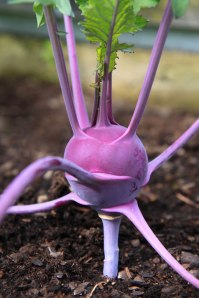
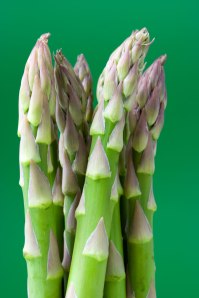



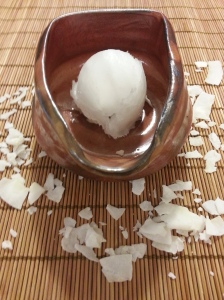
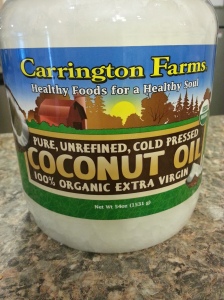


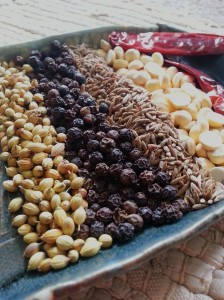
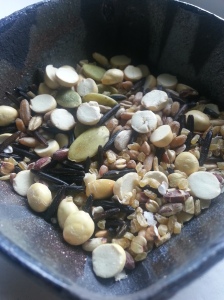
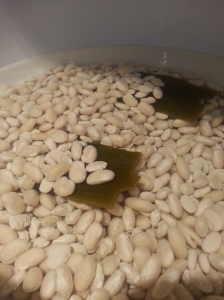
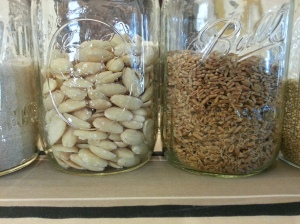
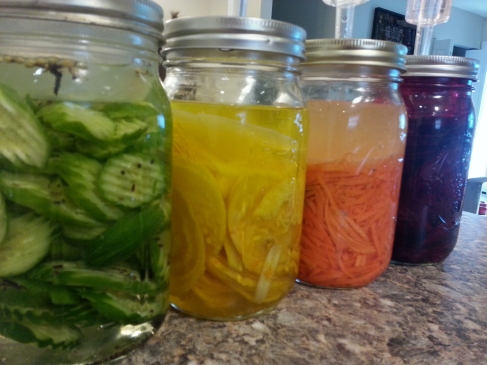
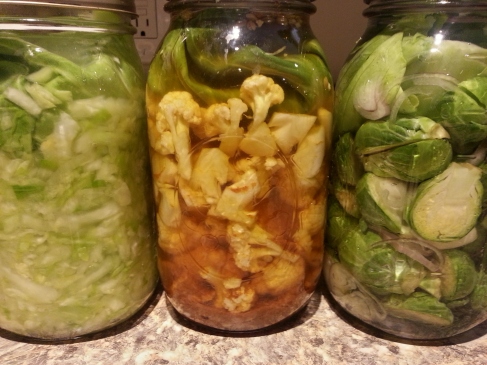

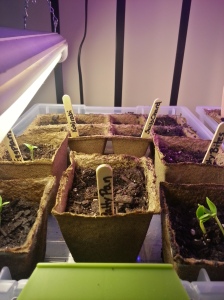
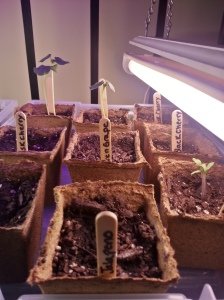
 Garden Layout 2013
Garden Layout 2013
